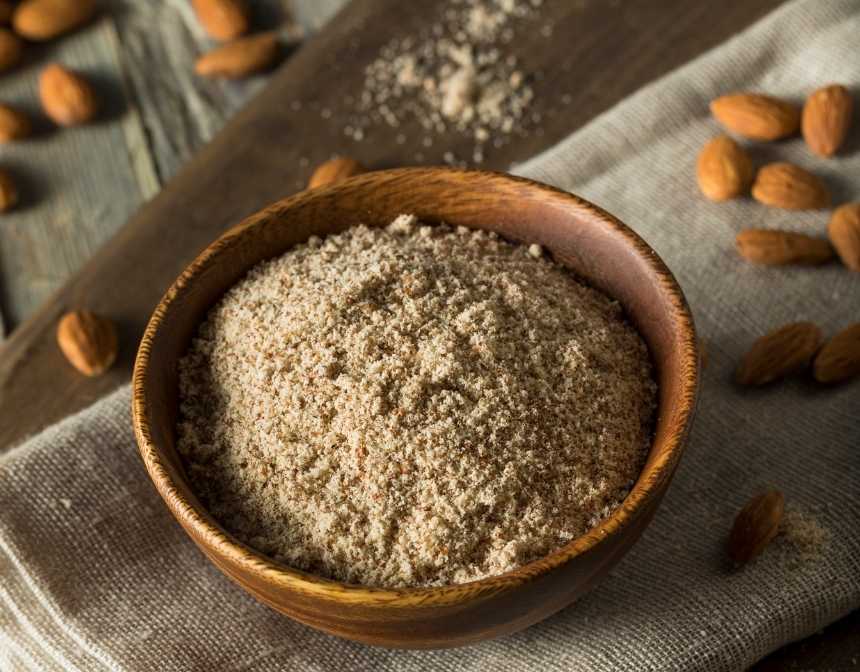What Is Caponata Sauce Made Of?
Caponata is typically not referred to as a "sauce" but rather as a Sicilian eggplant dish that consists of a mix of cooked vegetables and seasoned with sweetened vinegar, with capers in a sweet and sour sauce. The primary ingredients in caponata include:
Eggplant: The main ingredient, it's typically diced and fried or sautéed.
Celery: Often lightly sautéed or blanched.
Tomatoes: Fresh or canned, they help to provide the base of the sauce.
Onions: Usually diced and sautéed.
Capers: These add a distinct salty and briny flavor.
Olives: Green or black, they enhance the dish's complexity.
Vinegar & Sugar: Used together to create the characteristic sweet and sour flavor.
Herbs & Seasonings: Such as basil, oregano, and sometimes cocoa or even a touch of cinnamon for unique variations.
Pine Nuts or Almonds: Sometimes added for crunch and flavor.
The ingredients are cooked together until they meld into a harmonious, tangy, and slightly sweet mixture. While the base ingredients are fairly consistent, regional variations of caponata might include ingredients like bell peppers, raisins, or other local additions.
Is Caponata Like Ratatouille?
Caponata and ratatouille are both vegetable-based dishes that celebrate the produce of the Mediterranean region, but there are distinct differences between the two. Here's a brief comparison:
Origin:
- Caponata: This dish hails from Sicily, Italy. It reflects the island's unique culinary influences, which are a blend of Italian, Spanish, and North African flavors.
- Ratatouille: This is a traditional French Provençal dish from the Nice region.
Key Ingredients:
- Caponata: The primary ingredient is eggplant. It also typically includes celery, tomatoes, onions, capers, olives, and sometimes bell peppers. The dish is flavored with vinegar and sugar, which gives it a distinctive sweet and sour taste.
- Ratatouille: This dish includes eggplant, zucchini, bell peppers, onions, and tomatoes. It's seasoned primarily with herbs like thyme and basil.
Preparation:
- Caponata: Vegetables are usually sautéed separately and then combined with the sweet and sour sauce.
- Ratatouille: Vegetables can be sautéed together or layered and baked, depending on the recipe or regional variation.
Taste & Texture:
- Caponata: It has a more pronounced sweet and sour flavor, thanks to the vinegar and sugar. The texture is a bit chunky, and the dish is often served at room temperature.
- Ratatouille: The taste is more herb-forward, and it doesn't have the sweet and sour notes of caponata. It can be served warm or at room temperature and is often more stew-like.
Serving Suggestions:
- Caponata: Often enjoyed as an appetizer or side dish. It can be spread on bread or served alongside fish or meat.
- Ratatouille: Typically served as a side dish but can also be a main dish, especially if served over grains or pasta.
In summary, while caponata and ratatouille share some similarities in terms of ingredients, they are distinct dishes with different flavor profiles, origins, and preparation methods.
What Goes With Caponata?
Caponata is a versatile dish with its rich, sweet, and sour flavors, which means it can be paired with a variety of foods. Here are some serving suggestions and accompaniments that go well with caponata:
- Crostini or Bruschetta: Spoon caponata over toasted slices of baguette for a delightful appetizer.
- Flatbreads or Pita: Use caponata as a topping or dip.
- Couscous: Especially the larger pearl couscous (often called Israeli couscous) can be a wonderful pairing.
- Quinoa or Farro: Mix caponata into these grains for a Mediterranean grain salad.
- Stir caponata into freshly cooked pasta for an easy, flavorful dish. You might want to add some crumbled feta or shaved Parmesan on top.
- Grilled Fish: The flavors of caponata complement fish like grilled swordfish, tuna, or snapper.
- Roasted Chicken: Serve caponata as a side with grilled or roasted chicken.
- Tofu or Tempeh: For vegetarians, grilled or pan-fried tofu or tempeh pairs nicely with caponata's robust flavors.
- Feta Cheese or Mozzarella Cheese: These cheeses can be crumbled or sliced on top of caponata for an added layer of flavor.
- Ricotta Cheese: Spread a layer of ricotta on toast, then top with caponata for a creamy contrast.
- Mixed Greens or Arugula: Toss caponata into your salad for a punch of flavor.
- Lentil or Bean Salad: Mix caponata into these salads for added richness.
Eggs:
- Poached or Fried Eggs: Caponata can serve as a base for eggs, offering a savory breakfast or brunch option.
- Use caponata as a topping on a Mediterranean-style pizza.
On the Side:
- Caponata can be served as a side dish alongside various main courses, especially those with Mediterranean or Italian flavors.
In Sandwiches:
- Use it as a filling for sandwiches or wraps, possibly with some fresh greens or cheese.
When serving caponata, consider its rich flavor and try to balance it with other components of the meal. Whether it's the freshness of a salad, the creaminess of cheese, or the heartiness of grilled meats, the right pairing can make caponata shine even brighter.
The Intriguing Origins of Caponata
The story of caponata, much like its delightful blend of flavors, has layers. This Sicilian dish, with its perfect mix of sweet and sour, traces its roots back to the island's complex history, marked by numerous invasions and diverse cultural influences. The name "caponata" is believed to be derived from the Catalan word "capó," referring to a type of fish traditionally served with a similar sweet and sour sauce. Over time, the fish was replaced with the more commonly available eggplant, but the name stuck.
The Mélange of Cultures in Every Bite
Sicily's position in the Mediterranean made it a coveted possession for numerous empires, from the Greeks and Romans to the Arabs and Normans. Each of these cultures left an indelible mark on the island's cuisine. The Arabs, for instance, introduced Sicily to eggplants and the concept of agrodolce (sweet and sour) which is central to caponata. Meanwhile, ingredients like olives and capers are representative of the broader Mediterranean palate. The diverse blend of flavors in caponata is, in many ways, a reflection of Sicily’s rich and varied history.
Caponata Across Sicily and Beyond
Though the basic ingredients remain relatively consistent – primarily eggplant, celery, capers, and a sweet-sour sauce – there are countless regional variations of caponata across Sicily. Some incorporate pine nuts, raisins, or peppers, while others might add octopus or shrimp. As Sicilians migrated and the dish's fame spread, caponata found its way to other parts of Italy and the world, each rendition telling its own story. Yet, no matter where it's made or the ingredients used, caponata always retains that unmistakable essence of Sicilian tradition and the island's multicultural tapestry.
















































